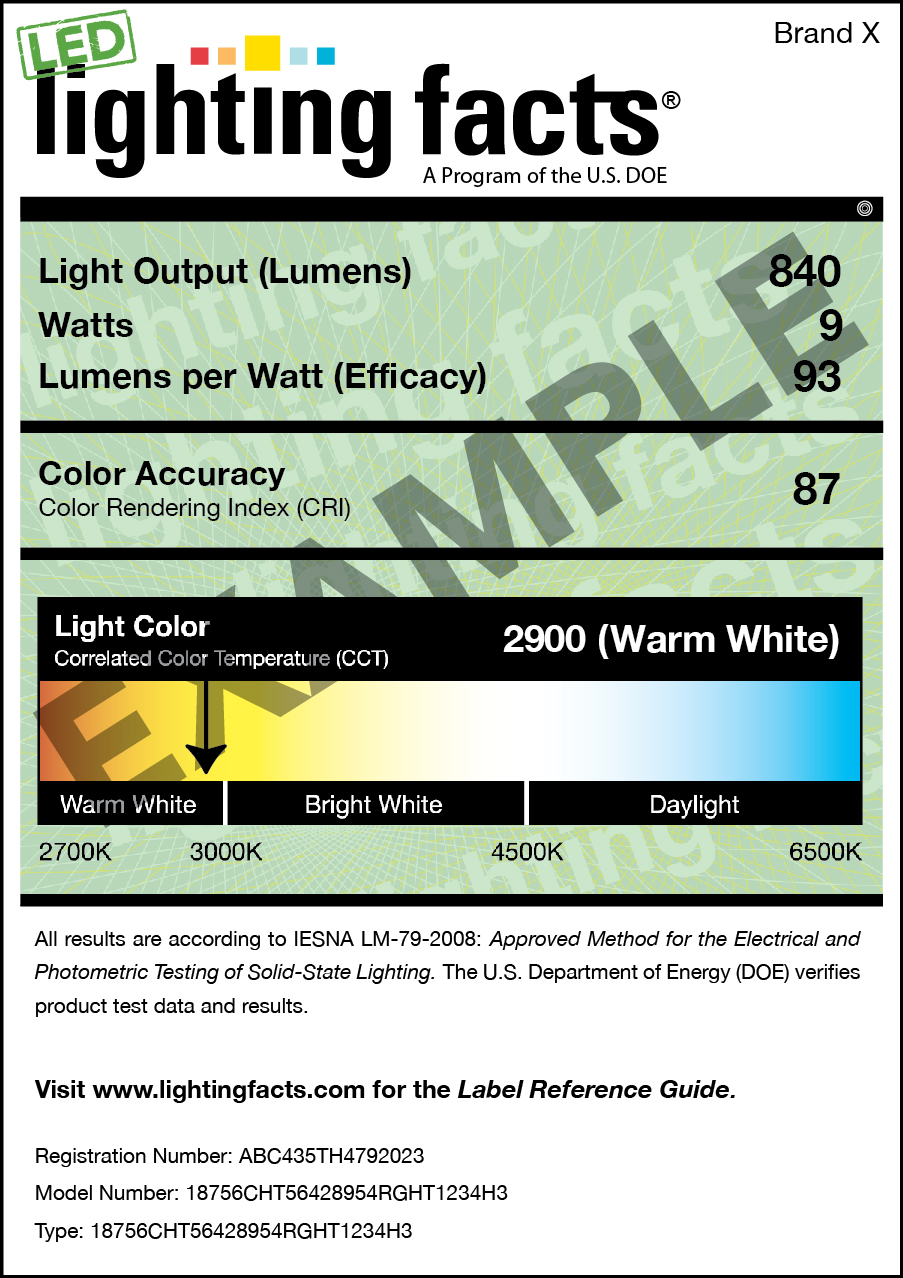Today I was at an LED “shootout” at the New York City office of Barbizon (special thanks to John Gebbe and Scott Hali). We were looking at products that might be used in a specific application – that of lighting an auditorium or theatre. The shootout was between 26 fixtures from 17 manufacturers, all installed at a height of 10′.
Architecturally, the designer is essentially lighting three conjoined rooms: the orchestra, where the ceiling can be 35′ high or more; the balcony, where the ceiling can range from 12′ to 25′ because of the steep slope of the seating; under the balcony, where the ceiling may range from 12′ to 18′, again because of the slope of the seating.
The first part of the challenge is to find a set of fixtures that can provide even illumination in these three spaces, each one of which has a sloped floor and therefore a varying throw distance. The second part of the challenge is for all of the fixtures to dim simultaneously. Unfortunately, I don’t think we saw success. Here’s what we saw.
First, only one manufacturer had a product line for all three possible mounting conditions – pendant, surface, and recessed. That manufacturer, though, didn’t have three beam spread and/or brightness options to meet the range of typical installation heights.
Second, LED manufacturing is maturing, but it’s not mature. That means we still don’t have strong, industry-wide standards for things like color. In many cases it was difficult to use fixtures from two or more manufacturers because the color of the light produced (visually evaluated, and measured in color temperature, peak wavelength and spectral content) clearly didn’t match.
Finally, getting fixtures from multiple manufacturers to dim simultaneously proved very difficult. Each set of installed fixtures would need its own (perhaps custom) dimming curve just to get a close match, and identical performance seemed impossible. The problem here is three-fold. First, multiple control protocols would be required. The fixtures demonstrated used line voltage dimming, three-wire dimming, 0-10v DC, and DMX protocols. That’s not a deal breaker, but it is an unfortunate complication. Second, some of the LED drivers produced unacceptable dips, flickering, or pulsing of the light as they dimmed. Third, some of the LED drivers couldn’t make a smooth transition from darkness or light, or light to darkness. We saw fixtures pop on and drop out, dim up nicely but not dim out well, and dim out well but pop on. Eventually this might be as easy as working with incandescent lamps, but not yet.
The easy lesson was that, for now, the safest choice for smooth dimming from darkness to full light is still incandescent. The color of the light from fixtures in all of the installation conditions will match, the dimming curves will be the same, and they’re easy to dim.
The complicated lesson was that it is absolutely essential to mock up the proposed lighting system, using the LEDs, drivers, control protocols, and dimming equipment that will be installed. It’s the only way to be certain that the start and end of a show, when the house lights dim down and then back up, isn’t a light show of its own.

